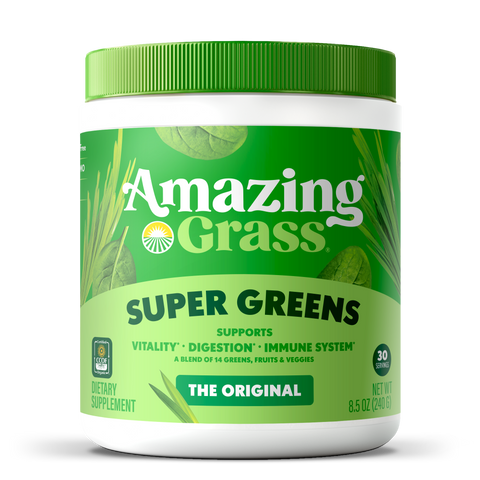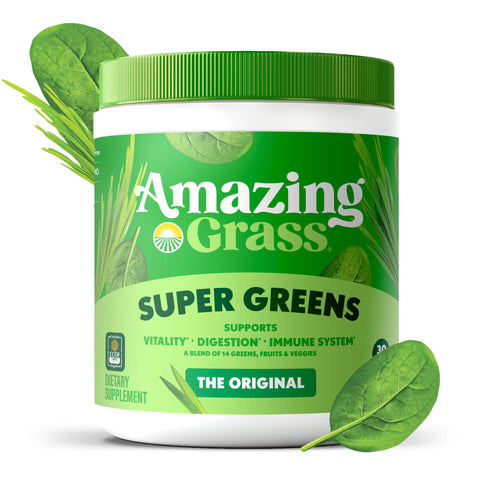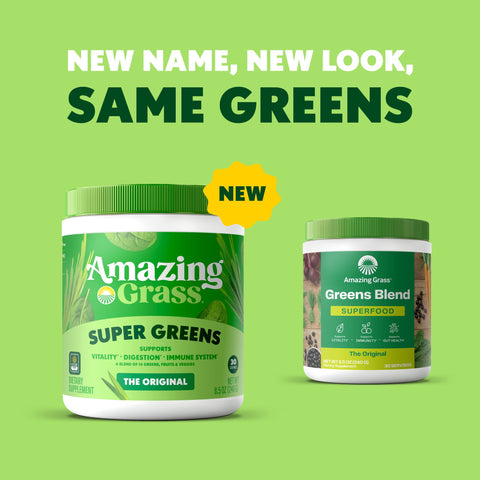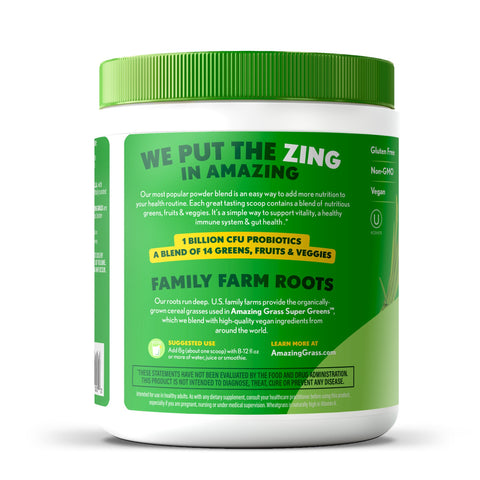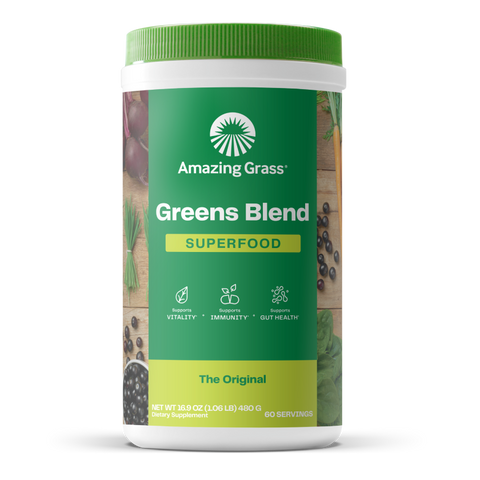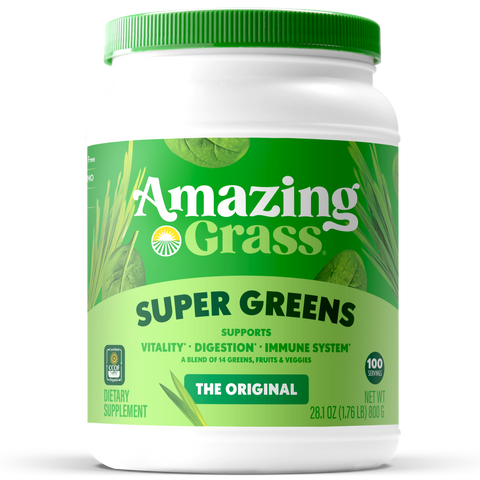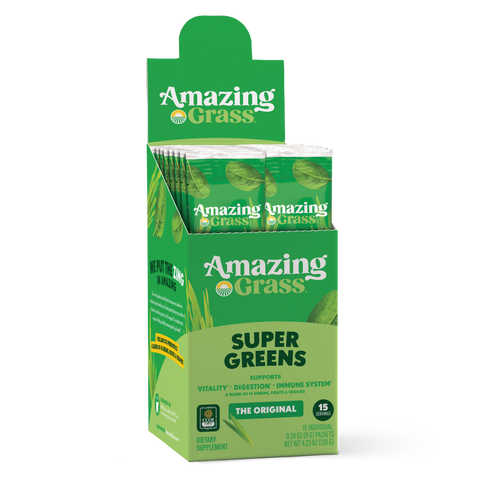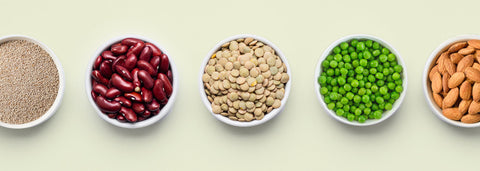Plant-based diets were once almost exclusively sought out by people living a strict vegetarian or vegan lifestyle. Not anymore! Today, diets that center on plant nutrition and whole foods are super-common and diverse. There are even restaurants that exclusively serve delicious veggie options.
People make the switch for various reasons – including wellness benefits, environmental concerns, ethical reasons, culture, and more. But it’s also worth mentioning that focusing on plant-derived foods can open a whole new world of flavors and textures worth exploring!
What is Plant-Based Living?
Plant-based living is all about consuming a diet primarily consisting of plant-based foods, such as fruits, vegetables, legumes, nuts, seeds, and grains – and minimizing or eliminating animal products. It can even extend into other areas of life, like fashion, but diet tends to be the focus. Below are some examples of plant-based dietary approaches, including some that allow for at least some animal-sourced foods.
- Lacto-vegetarian: Allows dairy products (milk, cheese, yogurt)
- Ovo-vegetarian: Allows eggs
- Lacto-ovo vegetarian: Allows dairy products and eggs
- Pescetarian: Allows fish and shellfish
- Vegan: Excludes all animal products and animal-derived food additives
- Flexitarian: Semi-vegetarian. Flexible diet that allows both animal and plant with a focus on incorporating more plant-based foods. Flexitarians may set a goal to have one or more meatless meals per week.
Healthy Eating with Plants
Plant-based diets can be a healthful approach since they can provide all the essential nutrients needed including vitamins, protein, carbohydrates, healthy fats, minerals, antioxidants, and more. Moreover, high-fiber, lower-calorie, plant-based diets can also have benefits around weight management. However, it is important to note that a plant-based diet is only beneficial when it contains all the essential nutrients. They say variety is the spice of life, and that’s the case here.
The “Berry” Important Question of Protein
Some people mistakenly believe that you can’t get enough protein and amino acids with a plants-only diet, but that’s not true. It’s true that not all vegan sources of protein are considered “complete proteins,” since very few contain all the essential amino acids on their own. Once again, that simply means that diversifying your diet is a smart move.
Some good examples of plant-based protein sources include beans, peas, lentils, brown rice, nuts, and seeds. That means it’s important to mix and match proteins throughout the day to increase protein intake. But soy is really where it’s at! It’s the only complete plant-based protein – so foods like tempeh, tofu, and edamame are all examples of soy-based protein foods!
If you feel you need to add more plant-derived protein to your diet, Amazing Grass Plant Protein in Chocolate or Vanilla flavor is a great place to get a little extra. Each serving contains 25 grams of protein from peas and brown rice and tastes great!
Quick Tips to Plant-Based Living
Adding more plants to your diet is easy! Here are some tips to help you incorporate more plant-based foods into your day:
- Start small by adding one or two plant-based meals or snacks to your diet each day
- Experiment with different types of plant-based foods to allow for added variety
- Plan your meals to ensure that you have plenty of plant-based ingredients on hand
- Use plant-based substitutes such as soy products or plant-based meat substitutes
- Snack on fruits, vegetables, nuts, and seeds
Let’s Start with Breakfast!
One of the best ways to get started with a more plant-centric diet is to make one of your daily meals a plants-only affair. And there’s muffin better than starting with breakfast, right?
Speaking of muffins, this recipe for Maple Crumble Oat Muffins uses our Vanilla Plant Protein to add a boost of protein and replaces butter with coconut oil for a full-on, plants-only morning. And, of course, it tastes great, so everyone in the family will be happy with breakfast!


